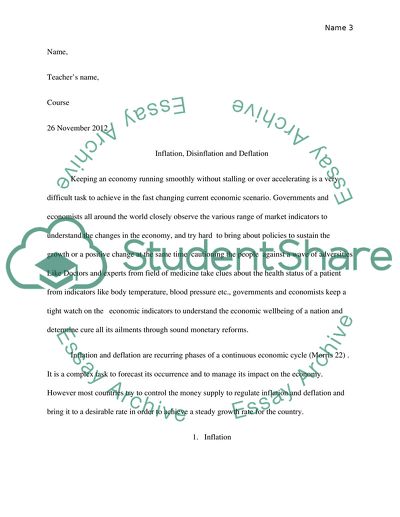Cite this document
(The Monetary Dynamics of Hyperinflation Dissertation, n.d.)
The Monetary Dynamics of Hyperinflation Dissertation. Retrieved from https://studentshare.org/finance-accounting/1787576-inflation-disinflation-and-deflation
The Monetary Dynamics of Hyperinflation Dissertation. Retrieved from https://studentshare.org/finance-accounting/1787576-inflation-disinflation-and-deflation
(The Monetary Dynamics of Hyperinflation Dissertation)
The Monetary Dynamics of Hyperinflation Dissertation. https://studentshare.org/finance-accounting/1787576-inflation-disinflation-and-deflation.
The Monetary Dynamics of Hyperinflation Dissertation. https://studentshare.org/finance-accounting/1787576-inflation-disinflation-and-deflation.
“The Monetary Dynamics of Hyperinflation Dissertation”, n.d. https://studentshare.org/finance-accounting/1787576-inflation-disinflation-and-deflation.


